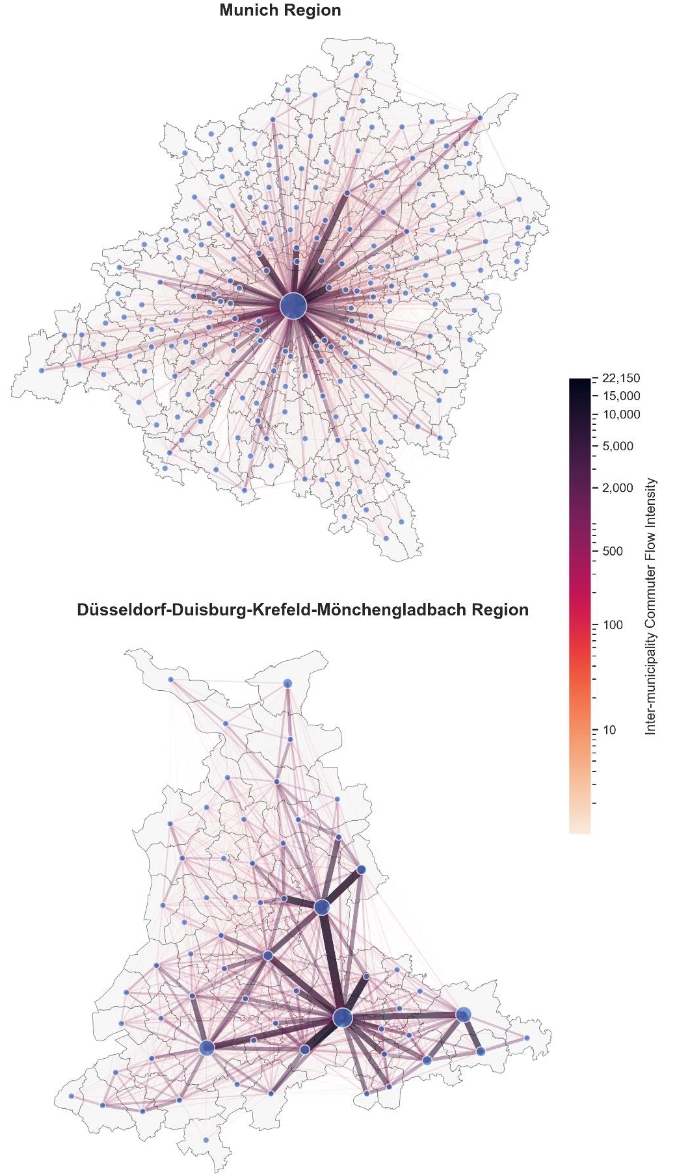Does urban spatial pattern affect air quality? An empirical study from Germany metropolitan regions (with Stephan Schmidt)

This study empirically examines the effectiveness of polycentric urban spatial patterns in reducing air pollution across German metropolitan regions, using satellite-based air quality measures, multi-year datasets and a multi-spatial scale research design. Our findings suggest that polycentric development does not significantly impact regional air pollution overall. However, an intra-regional analysis reveals that urban cores in more polycentric regions experience higher pollution levels compared to their monocentric counterparts. When disaggregating by regional size, we find that polycentricity has a positive effect on air quality in smaller regions; as these regions become more polycentric, air pollution decreases. However, this relationship does not hold as regional size increases, with additional polycentric development leading to higher pollution levels in medium and large regions, particularly in urban core areas. Although we find that differences in population density can explain pollution in the peripheries of polycentric regions, this explanation does not extend to urban core areas. In this case, we find that differences in air quality may be due to the cumulative effects of congestion in larger urban cores, where increased commuting exacerbates traffic congestion more than in peripheral areas. A polycentric spatial structure tends to result in longer commutes and higher congestion due to strong functional links among multiple centers. This prolonged and more congested travel likely contributes to higher pollution levels in urban core areas of polycentric regions. In contrast, smaller regions may avoid these negative externalities because their scale of commuting is insufficient to generate the extended travel times and congestion.
